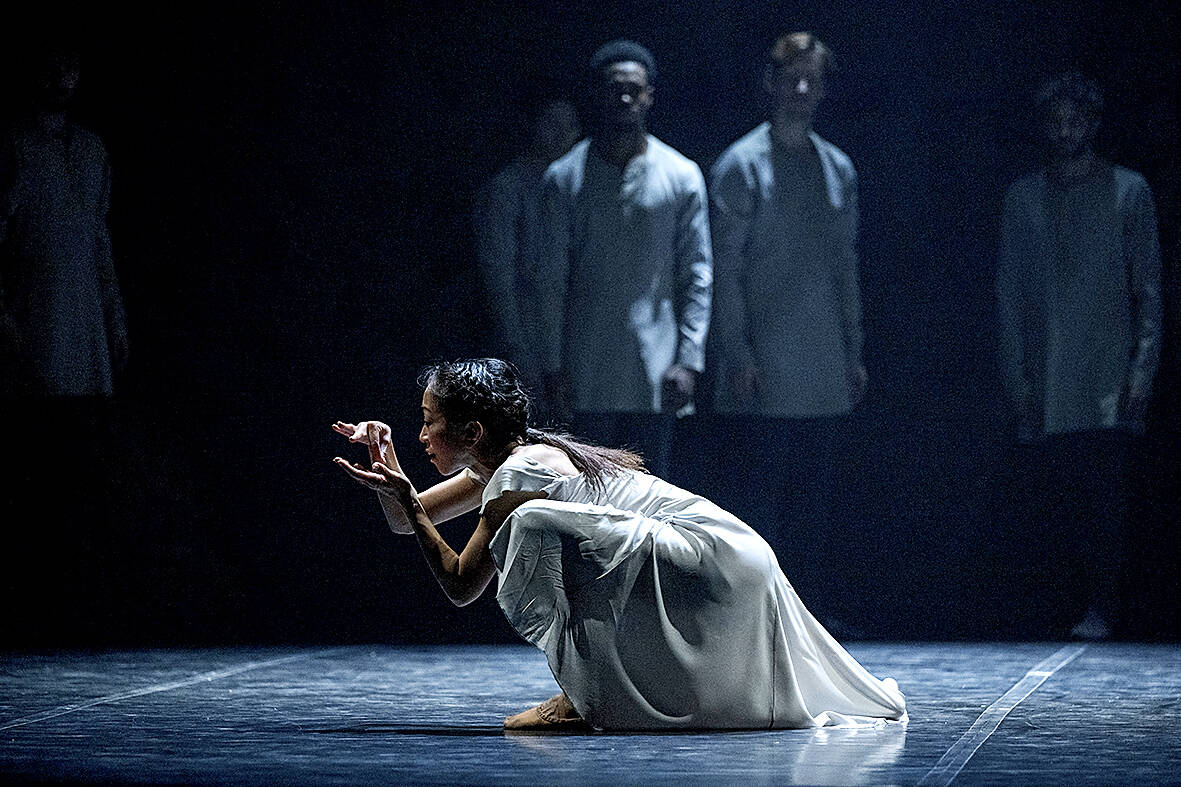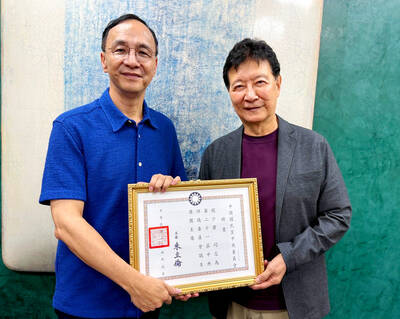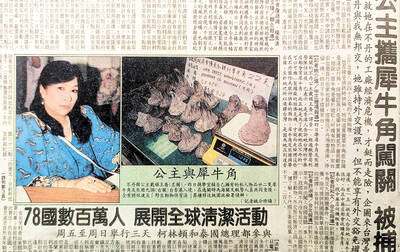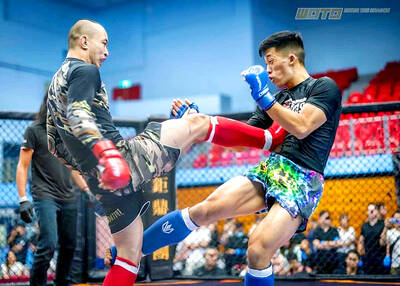Ten years ago, English National Ballet (ENB) premiered Akram Khan’s reimagining of Giselle. It quickly became recognized as a 21st-century masterpiece. Next month, local audiences get their chance to experience it when the company embark on a three-week tour of Taiwan.
Former ENB artistic director Tamara Rojo, who commissioned the ballet, believes firmly that if ballet is to remain alive, works have to be revisited and made relevant to audiences of today. Even so, Khan was a bold choice of choreographer. While one of Britain’s foremost choreographers, he had never previously tackled a reimagining of a classical ballet, so Giselle was something new, even for him. Rojo’s choice was to prove inspired.
Khan quickly decided to relocate the ballet to a very different world from that of the nineteenth-century Romantic versions still performed widely. Although the bare outlines of the plot remain, instead of the usual Rhineland villagers, he presents a scenario full of contemporary socio-political resonance.

Photo: Camilla Greenwell
Laid off from their jobs at a garment factory, a group of migrant workers now live a precarious existence in a makeshift camp. From them emerges the hopeful but vulnerable Giselle, defiant in the face of the factory owners and landlords, who live behind a huge, cold wall; Albrecht, her lover, and a landlord himself; and the angry, arrogant Hilarion, who also has eyes for Giselle, but who is equally desperate to improve his lot in life by bargaining with the landlords.
During the ballet’s creation, Khan encouraged the dancers to draw on their classical technique and express themselves as they interpreted his movement. The result is a fascinating fusion that draws on ballet, kathak and contemporary dance. There is pointe work, but only for the dead of the ghostly second act, the Wilis, whose leader, Myrtha, is as tough as nails and terrifyingly dominant.
ENB Lead Principal Erina Takahashi has been performing Giselle since 2016, but will make her final performance in the role, and indeed as a dancer, in Taichung, before taking up a position as repetiteur, assisting choreographers and coaching others. She explained how the ballet has grown and developed the more it has been performed.

Photo: Camilla Greenwell
“Audiences love it and we love it too. It really shows the beauty of Akram’s work,” she said.
Part of the ballet’s success is the way Khan opens the story and the characters in a way that allows the audience to get involved as they watch. While there is a story, he has left enough room in it for people to add their own interpretation to particular moments, she believes.
“I think you really get drawn into the show. It’s very real. I think everyone can relate to it in some way,” she said.
Khan was very focused to work with, she says.
“All the time; you know what he’s aiming at, but he never reaches that goal. It was quite intense, but in an amazing way.”
Right from the beginning, he asked the dancers to completely immerse themselves in the narrative.
“We sort of had to strip ourselves, our thoughts, totally. I had to forget being Erina, forget being the Giselle I knew and become a new person.”
But Takahashi says the biggest challenge dancing the role is to avoid repetition.
“You have to really strip totally away what you performed last show. Especially if I’m performing next day or close to it, that can be really difficult.”
Audiences will also be able to appreciate Vincenzo Lamangna’s evocative and haunting score that comes with ghostly echoes of Adolphe Adam’s original 1841 music.
Sets and costumes are by the Hong Kong-born designer Tim Yip (葉錦添). His Wilis are not pristine white, Romantic, tutu-wearing ghosts, but a tattered army that look like they’ve been through a war.
The ENB will be in Taiwan for three weeks, performing in Kaohsiung and Taichung after Taipei. Takahashi hopes local audiences can experience the ballet as the dancers do.
“Not just watching us dancing and thinking that was nice, but living the moment with us.”
Performance Notes:
TAIPEI
WHEN: May 8 -10 at 7:30pm, and May 10 and 11 at 2:30pm
WHERE: National Theater (國家戲劇院), 21-1 Zhongshan S Rd, Taipei City (台北市中山南路21-1號)
ADMISSION: The only seats left are in the NT$2,800 to NT$4,200 range; available at NTCH box offices, online at www.opentix.life and at convenience store ticketing kiosks
KAOHSIUNG
WHEN: May 16 at 7:30pm, and May 17 and 18 at 2:30pm
WHERE: National Kaohsiung Center for the Arts (衛武營國家藝術文化中心), 1, Sanduo 1st Rd., Fengshan Dist., Kaohsiung (高雄市鳳山區三多一路1號)
ADMISSION: NT$500 to NT$3,600; available at NTT box offices, online at www.opentix.life and at convenience store ticketing kiosks
TAICHUNG
WHEN: May 24 and 25 at 2:30pm
WHERE: National Taichung Theater (臺中國家歌劇院), 101, Section 2, Huilai Rd, Xitun District, Taichung (臺中市西屯區惠來路二段 101號)
ADMISSION: NT$800 to NT$3,600; available at NPAC Weiwuying box offices, online at www.opentix.life and at convenience store ticketing kiosks

Last week the story of the giant illegal crater dug in Kaohsiung’s Meinong District (美濃) emerged into the public consciousness. The site was used for sand and gravel extraction, and then filled with construction waste. Locals referred to it sardonically as the “Meinong Grand Canyon,” according to media reports, because it was 2 hectares in length and 10 meters deep. The land involved included both state-owned and local farm land. Local media said that the site had generated NT$300 million in profits, against fines of a few million and the loss of some excavators. OFFICIAL CORRUPTION? The site had been seized

Next week, candidates will officially register to run for chair of the Chinese Nationalist Party (KMT). By the end of Friday, we will know who has registered for the Oct. 18 election. The number of declared candidates has been fluctuating daily. Some candidates registering may be disqualified, so the final list may be in flux for weeks. The list of likely candidates ranges from deep blue to deeper blue to deepest blue, bordering on red (pro-Chinese Communist Party, CCP). Unless current Chairman Eric Chu (朱立倫) can be convinced to run for re-election, the party looks likely to shift towards more hardline

Sept. 15 to Sept. 21 A Bhutanese princess caught at Taoyuan Airport with 22 rhino horns — worth about NT$31 million today — might have been just another curious front-page story. But the Sept. 17, 1993 incident came at a sensitive moment. Taiwan, dubbed “Die-wan” by the British conservationist group Environmental Investigation Agency (EIA), was under international fire for being a major hub for rhino horn. Just 10 days earlier, US secretary of the interior Bruce Babbitt had recommended sanctions against Taiwan for its “failure to end its participation in rhinoceros horn trade.” Even though Taiwan had restricted imports since 1985 and enacted

Enter the Dragon 13 will bring Taiwan’s first taste of Dirty Boxing Sunday at Taipei Gymnasium, one highlight of a mixed-rules card blending new formats with traditional MMA. The undercard starts at 10:30am, with the main card beginning at 4pm. Tickets are NT$1,200. Dirty Boxing is a US-born ruleset popularized by fighters Mike Perry and Jon Jones as an alternative to boxing. The format has gained traction overseas, with its inaugural championship streamed free to millions on YouTube, Facebook and Instagram. Taiwan’s version allows punches and elbows with clinch striking, but bans kicks, knees and takedowns. The rules are stricter than the